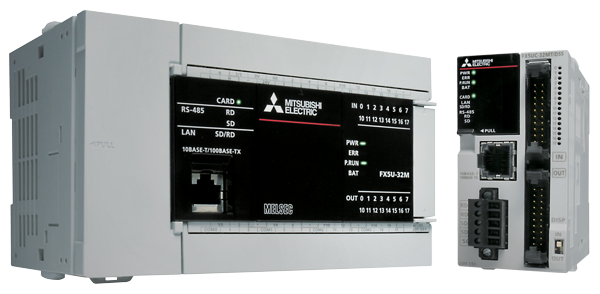
In today’s world, automation is everywhere, from factories to everyday gadgets. One essential component of automation is stepper motors, which are widely used in various applications such as CNC machines, 3D printers, and robotic arms. To control these motors effectively, Programmable Logic Controllers (PLCs) are often employed. In this beginner’s guide, we’ll explore the basics of PLC stepper motor control in simple terms.
Understanding Stepper Motors
Before diving into PLC control, let’s understand what stepper motors are and how they work. Unlike regular motors that spin continuously, stepper motors move in precise increments or steps. This makes them ideal for applications requiring accurate positioning, like moving a robotic arm or printing a 3D object layer by layer.
Stepper motors consist of multiple coils and a rotor with teeth. By energizing the coils in a specific sequence, the motor rotates step by step. The number of steps per revolution and the motor’s torque depend on its design and configuration.
Introduction to PLCs
PLCs are specific types of computers utilized for automating tasks in industries. They are programmed to monitor inputs from sensors and control outputs to actuators, including stepper motors. PLCs offer reliability, robustness, and flexibility, making them suitable for a wide range of automation tasks.
PLCs typically consist of three main components: the CPU (Central Processing Unit), input modules, and output modules. The CPU executes the program logic, while the input and output modules interface with external devices, such as sensors and motors.
PLC Stepper Motor Control
Controlling a stepper motor with a PLC involves programming the PLC to send the appropriate signals to the motor driver, which in turn energizes the motor coils in the desired sequence. Here’s a simplified overview of the process:
- Programming: The first thing to do is to write a program for the PLC. This program tells the PLC what to do using a special language like ladder logic or function block diagram (FBD). It’s like giving the PLC a set of instructions for how to make the motor move the way we want it to.
- Input Signals: The PLC gets signals from different places, like buttons or sensors. These signals help the PLC know what’s going on, like where the motor is or if something needs to happen.
- Output Signals: Once the PLC knows what to do from the program and input signals, it sends signals to the motor. These signals tell the motor what to do and when to do it, so it moves just right.
- Feedback: Sometimes, the PLC needs to check if the motor is doing what it’s supposed to. It does this by getting feedback from the motor itself, like knowing where it is or how fast it’s moving. This helps the PLC make sure everything is working correctly and fix any problems if they come up.
Advantages of PLC Stepper Motor Control
Using PLCs for stepper motor control offers several benefits:
- Accuracy: PLCs makes sure things move exactly as they should. They can follow complicated instructions very precisely, so they’re great for making sure machines go exactly where they need to.
- Flexibility: PLC programs can be changed easily to fit different needs. If something about the process or the motor changes, it’s easy to update the program to match.
- Reliability: PLCs are built tough, especially for places like factories where things can be rough. They keep working even in hard conditions, so you can rely on them to keep things running smoothly.
- Integration: PLCs can talk to other machines, like sensors or control panels, so they can all work together smoothly. This makes it easy to connect them into bigger systems that do more complicated tasks.
Applications of PLC Stepper Motor Control
PLC stepper motor control finds applications in various industries, including:
- Manufacturing: CNC machines, conveyor systems, and robotic assembly lines.
- Printing: 3D printers, inkjet printers, and laser engravers.
- Textile: Fabric cutting machines, knitting machines, and embroidery machines.
- Automotive: Automated assembly robots, CNC machining centers, and vehicle testing equipment.
In conclusion
PLC stepper motor control plays a crucial role in automation, enabling precise and reliable motion control in a wide range of applications. By understanding the basics of PLC programming and stepper motor operation, beginners can embark on their journey into the fascinating world of industrial automation. So get on this journey today with NMA Group.


